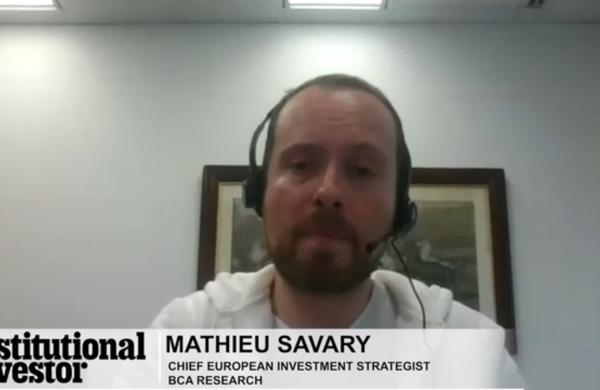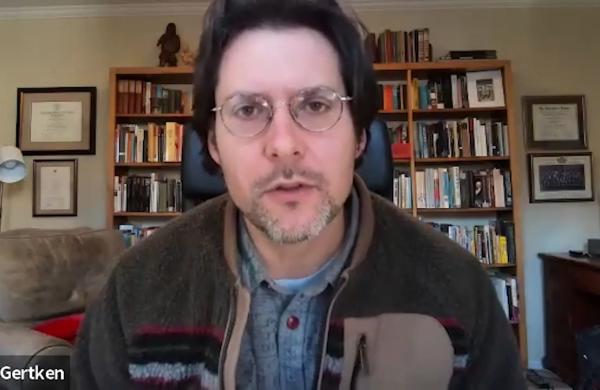As Visa prepares to launch an initial public offering this month that could raise a U.S.-record $19 billion, investors could do worse than look at how the payments network’s smaller rival, MasterCard, has fared since its trailblazing $2.4 billion IPO nearly two years ago. “I think we’ve delivered for our shareholders,” says MasterCard CEO Robert Selander.
He is a master of understatement. From the offering price of $39, the stock climbed 153 percent to $98.49 at year-end 2006, then more than doubled again in 2007, closing at $215.20 on December 31. It fell back to $190 at the end of February, after Visa’s IPO terms had begun circulating, but that was still good for a 12-month gain of 77 percent.
In the fourth quarter of 2007, Selander boasts, MasterCard exceeded earnings expectations for the seventh straight quarter. Net income rose more than sevenfold, to $304 million ($185 million of that was a gain on the sale of shares in Brazilian credit card company Redecard), on a 27.8 percent increase in revenue, to $1.1 billion. The gross dollar volume handled by MasterCard’s system in the quarter jumped 15.2 percent, to $634 billion.
Selander, 57, says that the company, which focuses on brand management and transaction processing, profits from a secular trend of growth in consumer credit and in card- and electronic-transaction volumes on a global scale, without being exposed to credit risks. Those are borne by the 25,000 financial institutions that have issued 916 million MasterCard cards in more than 200 countries. The size and buzz of San Francisco–based Visa’s IPO can be attributed to that network’s scale: It processes more than $3.5 trillion in annual payments, compared with MasterCard’s $2.3 trillion.
When Selander took the helm in April 1997, after three years as a MasterCard executive vice president and two decades in consumer banking with Citicorp, MasterCard was a not-for-profit association supporting member banks’ credit and debit card programs. Selander aligned the interests of his membership with those of stockholders in a profit-making, and eventually publicly traded, company.
The CEO recently discussed his optimistic outlook, and why it is hardly dampened by the credit crunch or recession clouds, with Institutional Investor U.S. Editor Jeffrey Kutler.
Institutional Investor: What did MasterCard have to do to take the leap to public ownership?
Selander: When I took the job in 1997, there were a series of things we were paying attention to and had to get right. It took five years to rewrite our core operating systems, to bring them up to world-class status. Our brand was positioned differently, with different campaigns in different parts of the world, and we went out and developed “the best way to pay for everything that matters,” which covered a broader area of payments than was previously the case, as well as the iconic “priceless” campaign in 100-plus countries and 50-plus languages. In 1999 we began conversations with our European partner, Europay, about what was going on in the payments industry. We saw increasing consolidation and globalization, and a movement from local and smaller-scale processing and brands to where economies of scale and a global brand became more important. That led to the merger of MasterCard and Europay in 2002.
How did that deal relate to the IPO process?
Europay had a stock form of ownership, Master-Card was a nonstock corporation, and we converted into a stock corporation. As a stock company, we had to become an SEC registrant, and that started driving a commercial culture, transparency of the business and a rationalization of infrastructures. It took until early 2004 to get most of that done. Then we looked at how well we were positioned to serve our customers for the next decade. To make sure we were as effective and competitive as possible, we decided to change the ownership and governance structure, which led to our IPO in May 2006.
How much control did the banks give up?
Approximately 50 percent. Another 10 percent, which became publicly traded stock, was given over to the MasterCard Foundation [to fund educational and microfinance programs]. Our bank owners, who retained 40 percent, have since sold some of that. As of year-end about 67 percent of the stock was owned by the public and the rest by the banks.
Do the banks view their holdings as strategic investments?
I think there are different attitudes. At the time of the IPO, there was an agreement that there would be no selling of bank-held stock into the public marketplace for four years, though there has been an active market in the stock among the banks. That provision was since amended to be more gradual, to avoid having all the shares come into the market at once on the fourth anniversary of the IPO.
Is the U.S. still your biggest market?
Almost half of our revenues came from the U.S. last year. Although the U.S. continues to grow — fourth-quarter purchase volume was up a healthy 10 percent year-over-year — the rest of the world grew more than 25 percent. So the U.S.’s relative importance will go down.
Are you vulnerable to a recession, especially if it hits the U.S. hard?
Everybody is focused on the U.S. economy, and with good reason. Some of our customers and other financial institutions have reported problems directly linked to either the subprime and collateralized debt areas or slowdowns and deterioration in consumer credit. But four things work to our benefit. First of all, we transact. Though people may spend less, they still are spending, so we get revenue from transaction fees. Second is global presence. More than half of gross dollar volume comes from outside the U.S. The third benefit is that even in a bad economy, there will still be movement from paper to electronic and card-based payments. Finally, we don’t actually lend to cardholders, so we don’t have any direct exposure to credit losses.
At what point does a slowdown in the U.S. or other economies become a performance issue?
Over several years MasterCard has been growing at rates well above the 3 to 4 percent of the global economy. I believe we can continue to outgrow the economy and consumer spending. No doubt, if people are spending less and economic growth slows, that works its way into our business. There is a direct impact because in a more robust economy, people spend more freely, leading to more volumes and transactions. Then there is the indirect impact of how that works its way into our customers. Some of them have been battered, are looking at doing things differently and may be slowing some of their investing and marketing spending. But that’s not happening everywhere. While there is no escaping an economic slowdown, we are fortunate in that we are less likely to be impacted by a significant problem in one part of the world. That’s because of our global presence, the migration toward electronic payments and our business model.
Is the dollar’s weakness or currency fluctuations a bottom-line issue?
It can be. We do a pretty good job of hedging those exposures. We’ve been a beneficiary of the strengthening of the euro and other non-U.S. currencies. Of our 27.8 percent net revenue growth for the fourth quarter, 4.7 percentage points were the result of a weakening of the dollar.
What is your outlook on emerging markets?
Some are more near-term opportunities than others, based on their state of economic development. In Japan, for example, the penetration of card-based payments is low relative to other developed economies. So a very sophisticated, highly developed economy is an emerging-markets opportunity for card and electronic payments. In terms of more-traditional names, we have a terrific presence in Brazil, a rapidly growing marketplace with a healthy economy. In Europe we see rapid growth in Hungary, Poland, Russia and Turkey. In China and India growth is very rapid, but they are more medium- to long-term opportunities.
Might you use your $25 billion market capitalization for acquisitions?
Since the IPO we haven’t done any substantial deals, but we are looking. We go through the same process as anybody else does: a screening to determine that [a potential target] is a strategic fit, that it will help us to continue to deliver good value for our shareholders and that we are gaining talented people who can manage it. We also want to be sure we can integrate it, including from an accounting and Sarbanes-Oxley controls standpoint. We did announce in January the integration of operations with Europay France. It’s analogous to the way we brought MasterCard and Europay together; now we’re doing that with a country-level organization.





